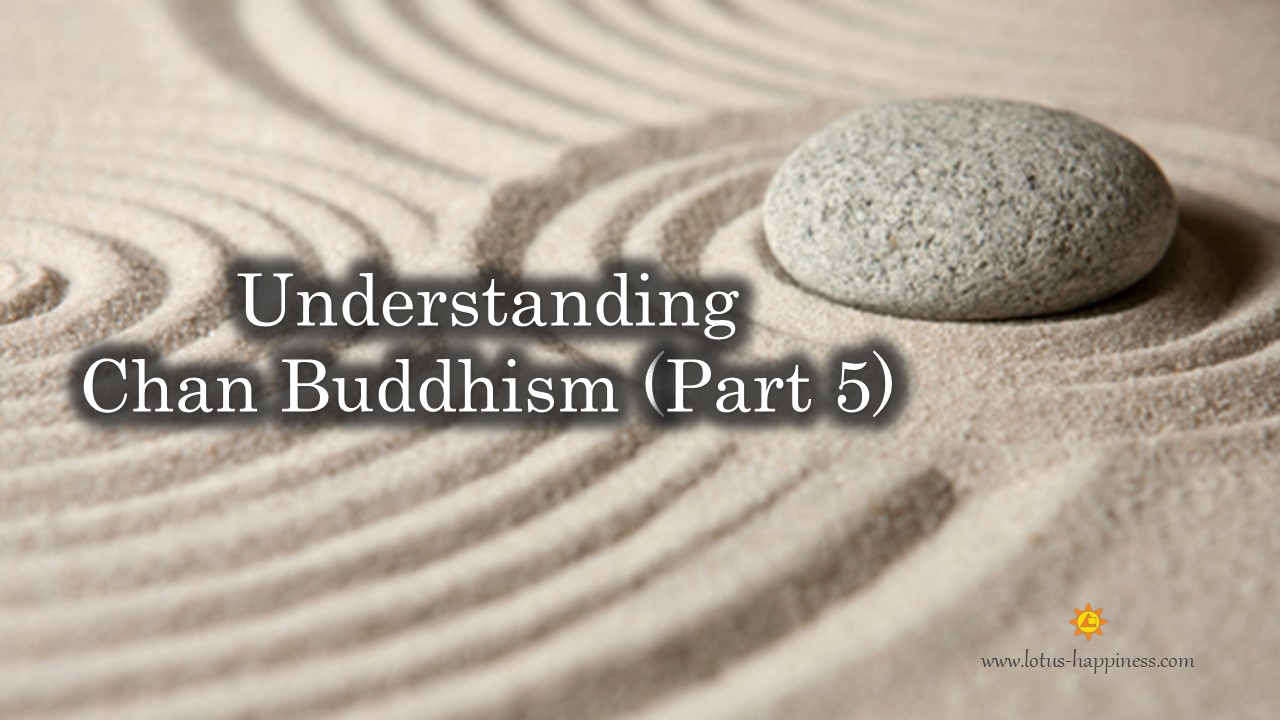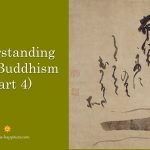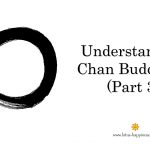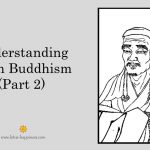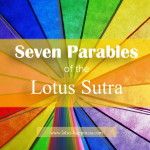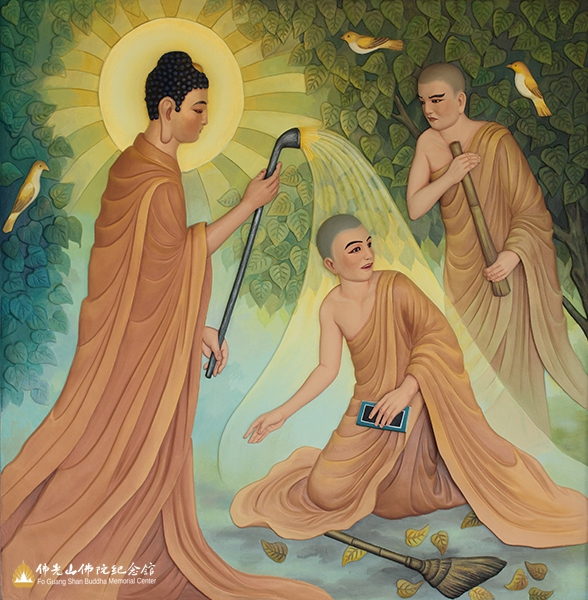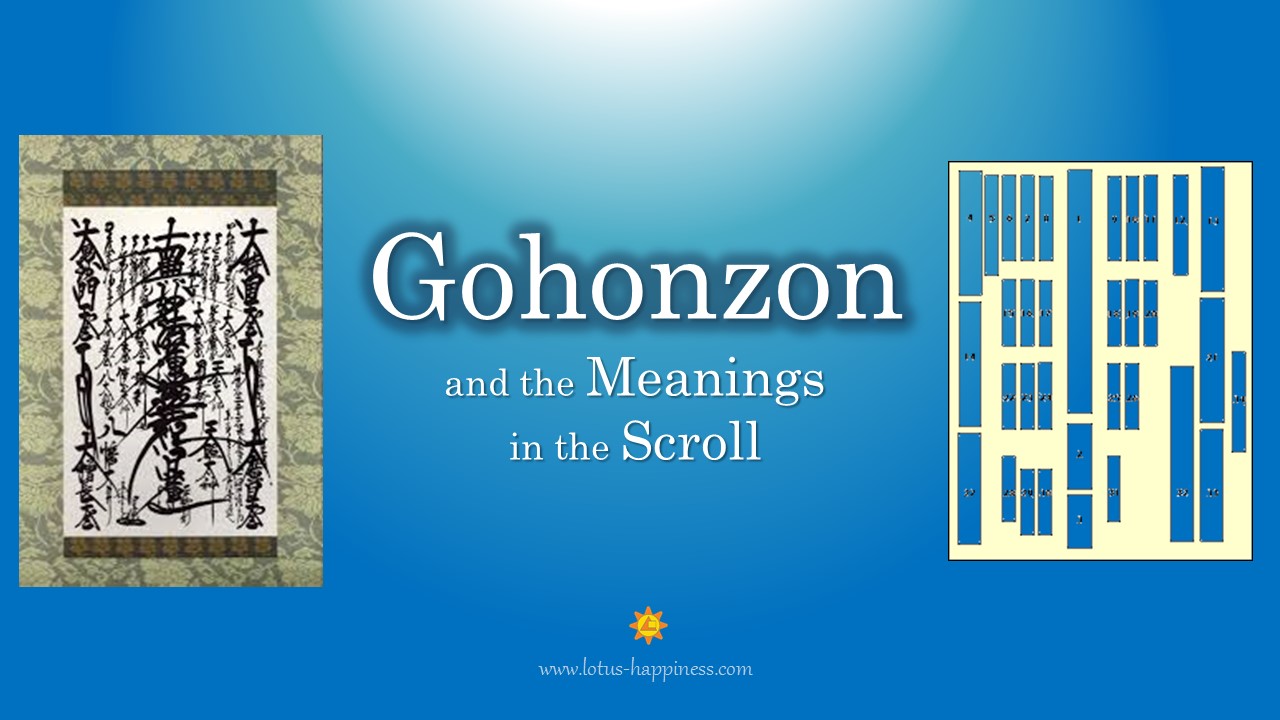Understanding Chan Buddhism (Part 5)
Monastic life in Chan sect
As Chan sect emphasizes the Dharma transmission from the master to the disciple, there has a well-organized system in the monastic order and a structured monastic life for the monks. The practitioners are required to work very hard in their daily lives, including the farming works, splitting firewood, moving soil, carrying water, cooking and cleaning, etc. They are also very busy in all kinds of religious duties and, of course, meditation.
Though the methods of training in Chan seem to be peculiar, the Chan masters usually urge the followers to have the following pre-requisites, as advised by a great Chan master Hsu Yun [虛雲] in recent years:
- Firm belief in the Law of Cause and Effect
- Strict observance of the rules of discipline
- Strong faith in the attainment of Buddhahood
- Adoption of the method of training
Tsan Chan
Kung An and Hua Tou are both methods of Tsan Chan [參禪], “investigating Chan”. The word ‘Tsan’ means deep thinking to reach an enlightened state of understanding. It is not merely sitting meditation. Here’s Kung An between Huai Jang [懷讓] and Ma Tsu [馬祖].
Ma Tsu used to have sitting meditation all day long. Realizing he was not an ordinary monk, Huai Jang asked Ma-tsu, “Why are you constantly doing sitting meditation?”
Ma-tsu answer, “To attain Buddhahood.”
Huai-jang picked up a brick and started rubbing it vigorously. After a while Ma-tsu asked, “What are you doing?”
Huai-jang said, “I’m making a mirror from this brick.”
Ma-tsu said, “That’s absurd. You can’t make a mirror from a brick.”
Huai-jang said, “Indeed. And how is it possible to become a Buddha by doing sitting meditation?”
Thereupon Ma-tsu asked, “What should I do?”
Huai-jang said, “When the ox won’t pull the cart, do you beat the cart or the ox?”
Ma-tsu did not know how to reply. So Huai-jang said, “Are you doing sitting meditation to attain Ch’an or to become a Buddha? If it’s Ch’an, Ch’an is neither sitting nor lying down; if it’s Buddhahood, Buddha has no form. Since the Dharma has no abiding form , there should be no grasping, no rejection. Your attachment to sitting prevents you from realizing rejection. Your attachment to sitting prevents you from realizing Buddhahood, and it kills Buddha besides.” Ma-tsu became a disciple of Huai-jang and eventually a great master himself.
It is noted that the practitioner always needs to contemplate his mind no matter he walks, stands, sits and lies at all times. From the Kund An above, it is also noted that it is necessary to have some ‘turning words’ from the master to give him an insight for a breakthrough. They also visit the masters in order to assess their own understanding of Chan and certify their attainment. It is regarded as the moment of ‘transmitting’ the Mind Dharma.
Running Incense
It is a Chinese tradition with Chan meditation in monastery. In Chinese, it is called Pao Hsiang [跑香]. It is a kind of walking-running meditation. This legend is also the origin of the ‘Incense Board’ [香板]. The incense board is in the shape of a word, which symbolizes the sword of diamond wisdom cutting off ignorance and illusions.
After the practitioners sit and meditate for a period of time in the meditation hall, they will stand up and continue to meditate while walking around the hall one after the other. It is interesting to note that the period of meditation is usually determined by the burning down of an incense stick. Incense sticks play important part in Buddhist rituals and ceremonies, particularly in China.
Mind Dharma
Chan Buddhism is sometimes known as the Dharma Door of Mind, which is ‘wordless’ doctrine. In order to differentiate the Mind from ordinary mind or consciousness, it is called One Mind. It transcends all limitations of name, word and relativity, and it is as boundless as Emptiness. In this One Mind, there is neither arising nor ceasing, neither existent nor non-existent. For the sentient beings, this One Mind is the self-nature, or Buddha-nature. All Buddha and all sentient beings are no different from One Mind, as they possess the same fundamental Mind.
In the process of ‘Tsan Chan’, the practitioners must find the answer by ‘becoming one’, a state of non-duality.
The Mind Dharma can only be transmitted from heart to heart, not by words, nor any other means.
Chan Art
Chan is a state of awareness, in which the mystery and the beauty of life in the present is perceived, wholly or partly, and in pure objectivity. It is ‘a way a view of life’, and ‘a way of liberation’ too.
Some artists summarized that Chan has seven characteristics as seen in painting, pottery, calligraphy, etc.:
- Asymmetry – avoidance of the geometrical and perfect
- Simplicity – Black and white preferred
- Agedness – Finished before it is begun
- Naturalness – innocent, unspoiled, thoughtlessness
- Latency – much in little, the gentleness of a soldier
- Unconventionality – indifference to contradiction
- Quietness – inner not outer

